With all that kit as standard, we didn’t feel the need to add any cost options besides the aforementioned snazzy paint.
There are three key reasons why I’ve been charged with running our C-HR. First, five years ago I ran an Auris Hybrid, so I’m well placed to assess how far Toyota has moved the game on.
Second is convenience. This type of low-hassle electrified powertrain, in which the engine, battery and motor are left to do their own things, suits my lifestyle more than a pure electric or plug-in hybrid because I have nowhere to install a charging point at home.
Third, my varied daily journey will give the crossover a decent test. It will start and end in the C-HR’s urban comfort zone, where the slower speeds and start-stop traffic regularly bring the quiet and smooth electric motor into play, but in between the car has to endure the M3, where the petrol engine is called on more readily.
Can the around-town benefits of running on electric power cancel out the need to use the internal combustion engine so frequently on the motorway? I’m quite encouraged by the early signs.
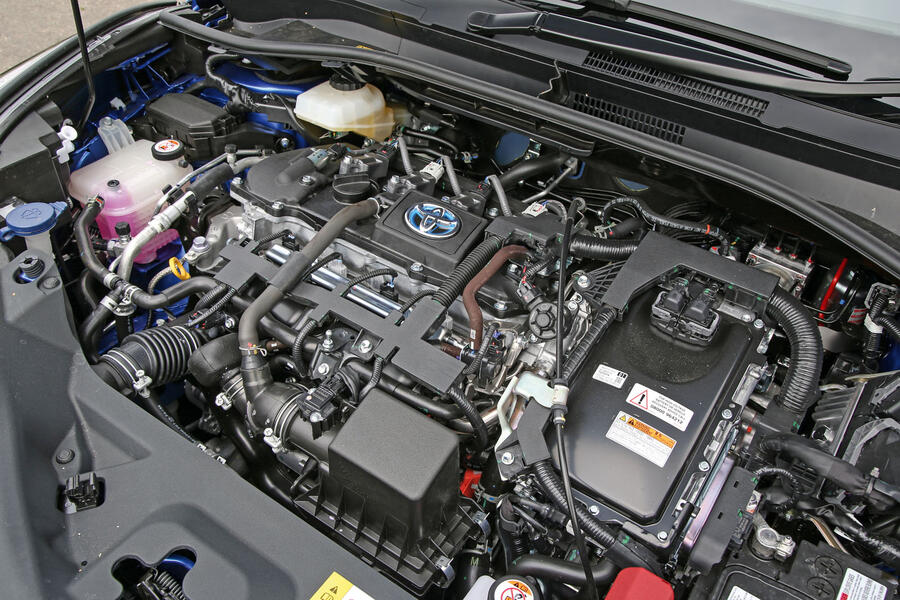
Toyota’s claimed combined fuel consumption for the hybrid C-HR is 72.4mpg and the best I’ve tickled out of it so far is an indicated 60.5mpg for my 43-mile commute home down the M3. However, I’m confident that even better figures will be possible when I’m fully in tune with the driving style required to get the best out of the hybrid powertrain.
A dramatic improvement over the Auris that I’ve already come to appreciate is the interior, which is a welcome change over the dour sea of black that greeted me in the hatchback. Full marks to Toyota for lifting the ambience with some bold colour inserts and some downright funky textures and flourishes. I’ll pick out some of the highlights in future updates.
I’m also pleased with how nice the C-HR is to amble about in. It rides and handles rather well, with an entirely appropriate emphasis on comfort rather than any kind of misplaced sporting pretensions, and it doesn’t feel compromised by any weight penalty conferred by the electric motor and battery pack.
A big thumbs-up so far, then, not least because nobody has yet mistaken me for a minicab.
Second opinion
A car of contrasts. Edgily aggressive in exterior design (I’m less sold on the interior), yet its hybrid powertrain best suits a relaxed, calm driving style. Exercise discipline in not mashing the accelerator too often and you’re rewarded with a pleasant drive and decent fuel economy.
James Attwood
Back to the top
Toyota C-HR Dynamic Hybrid 1.8 CVT specification
Price New £28,695; Price as tested: £29,160; Options: Metallic paint (£545)
Engine 4 cyls, 1798cc, petrol, plus electric motor; Power 120bhp; Torque 105lb ft; Top speed 106mph; 0-62mph 11.0sec; Claimed fuel economy 72.4mpg; Test fuel economy 56.7mpg; CO2 87g/km; Faults None; Expenses None
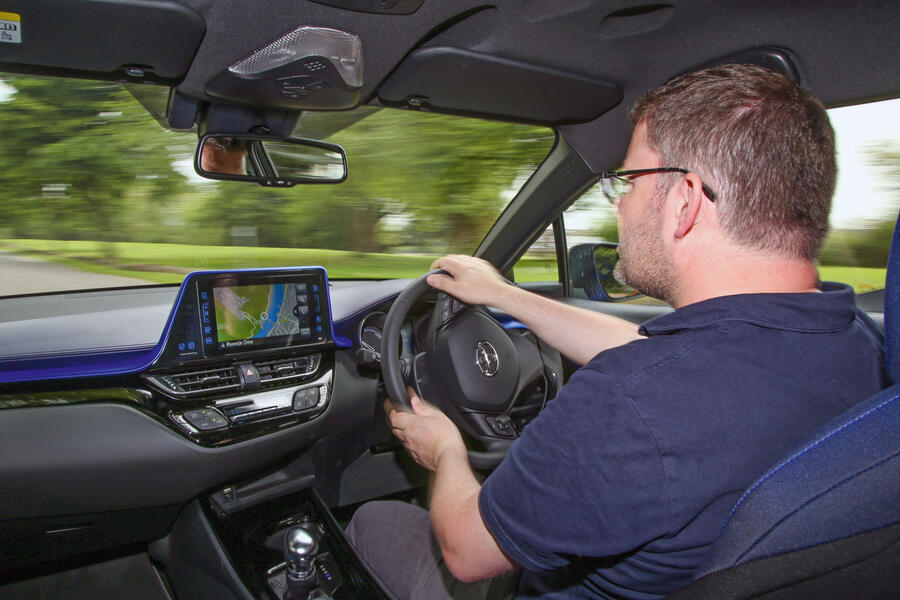
Back to the top
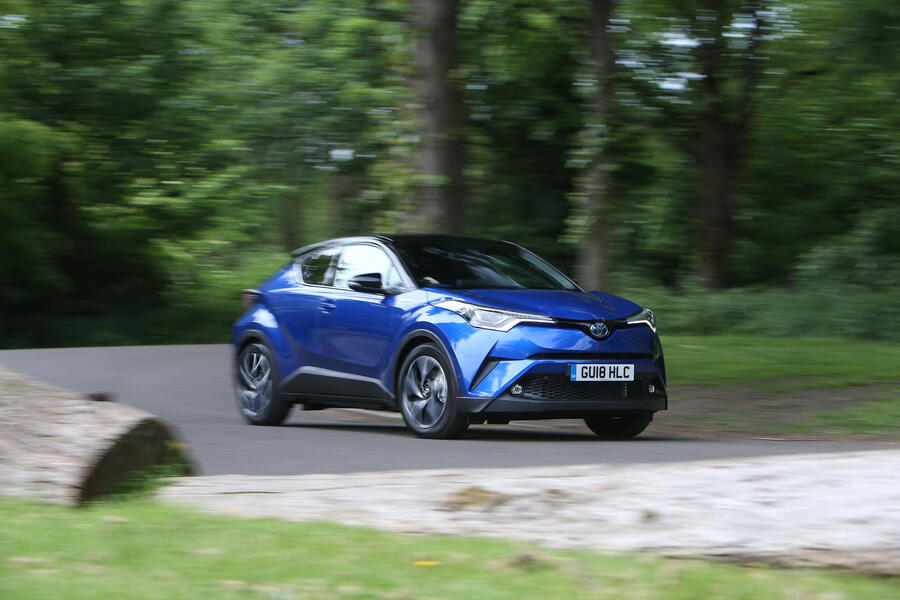
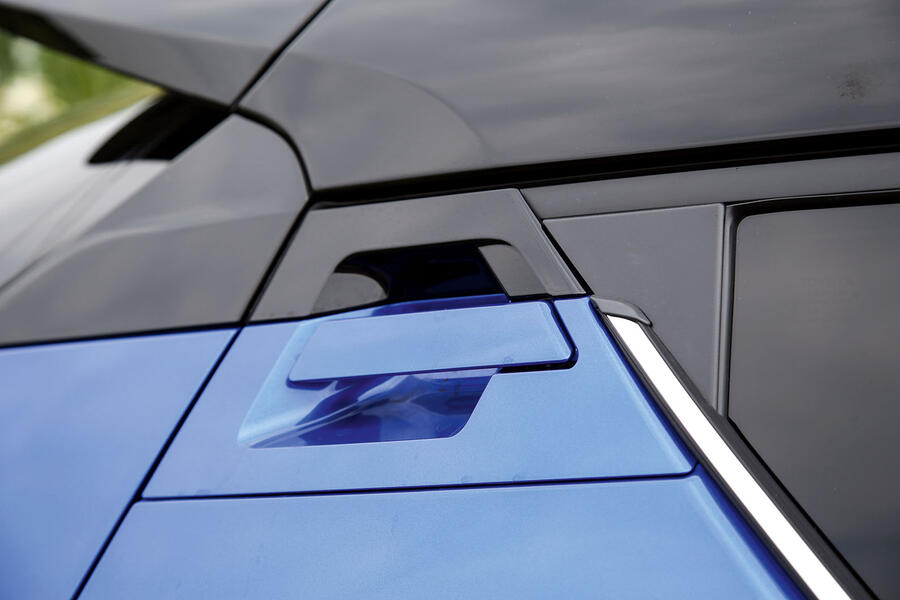

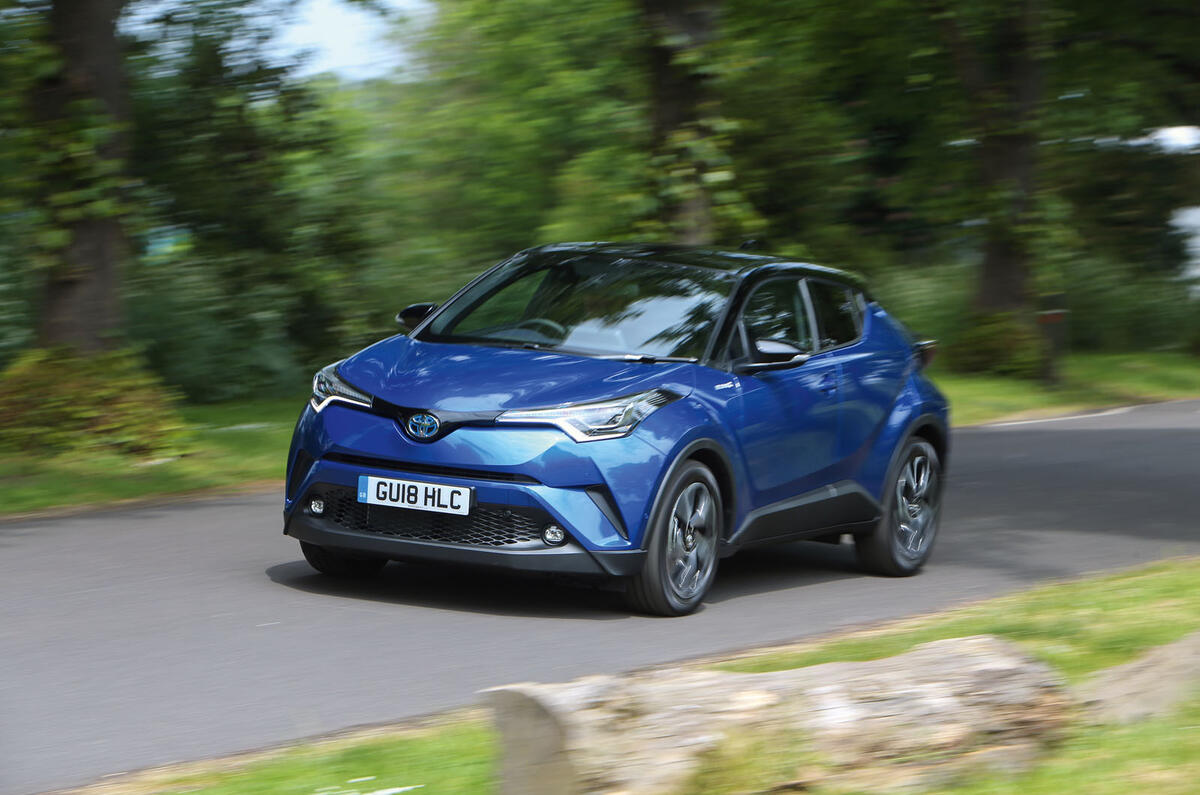
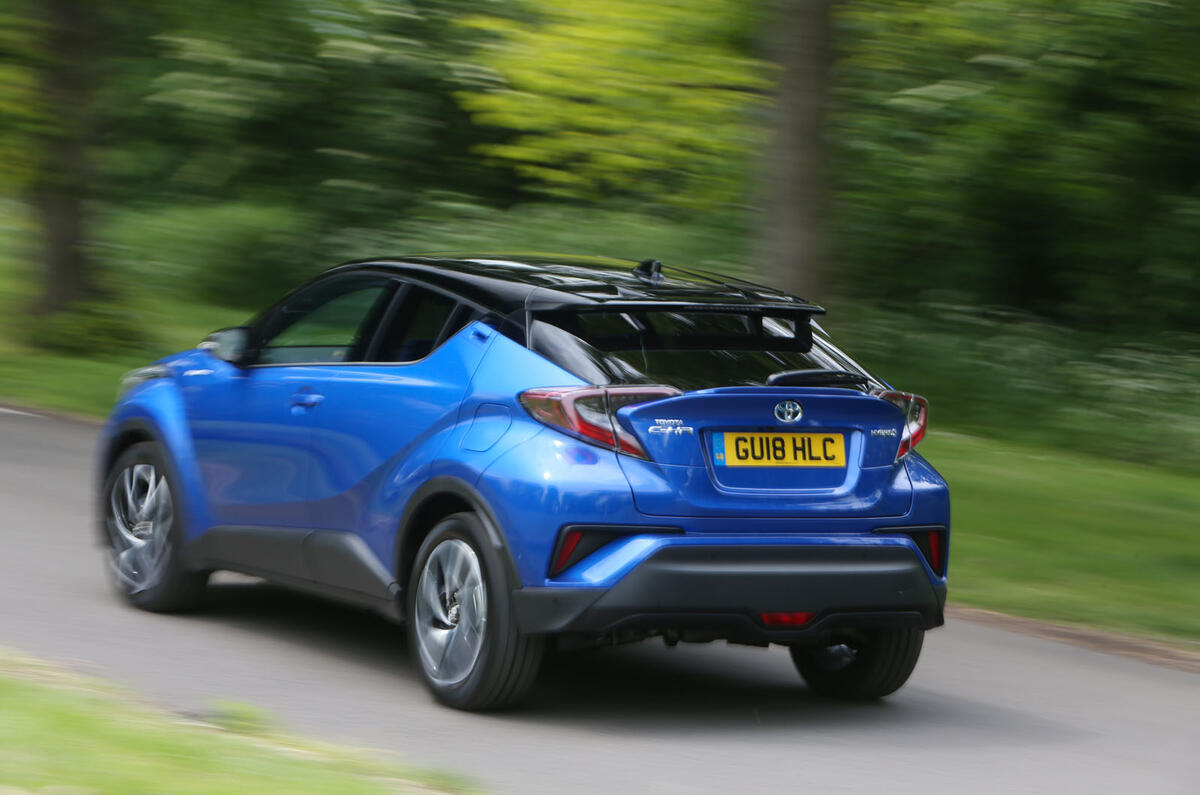
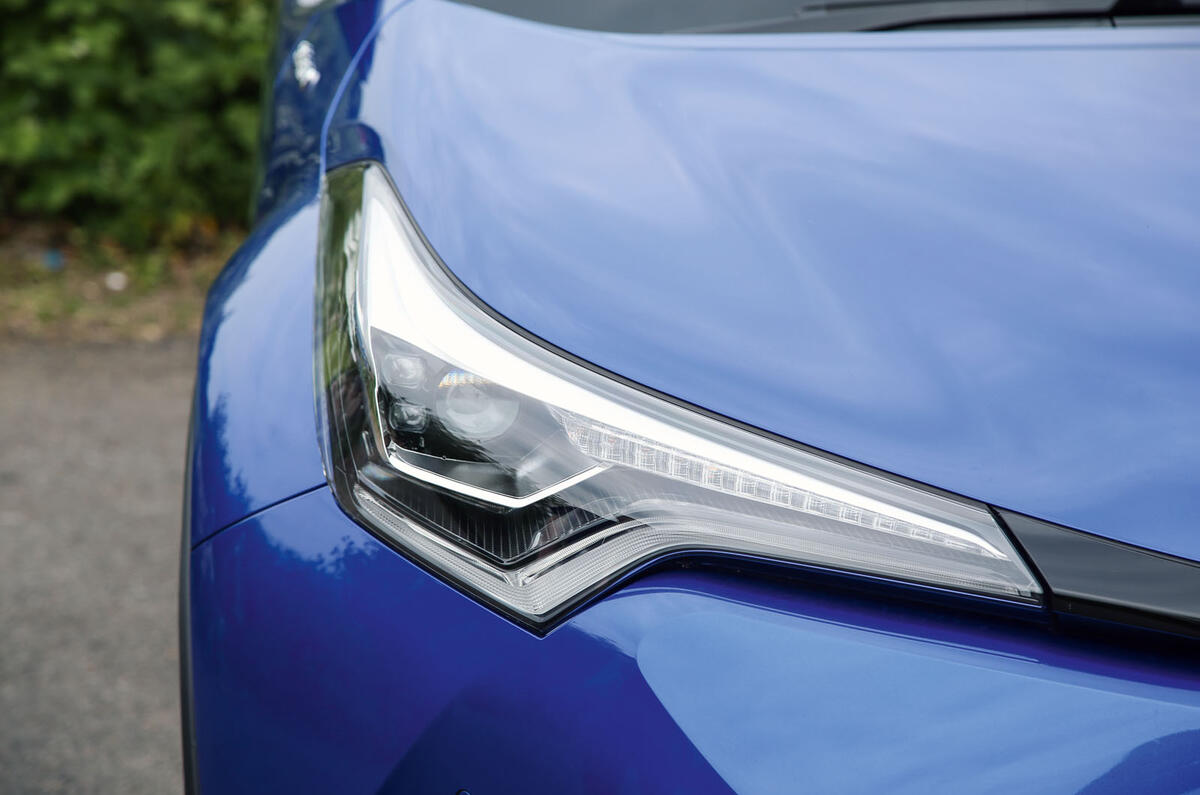
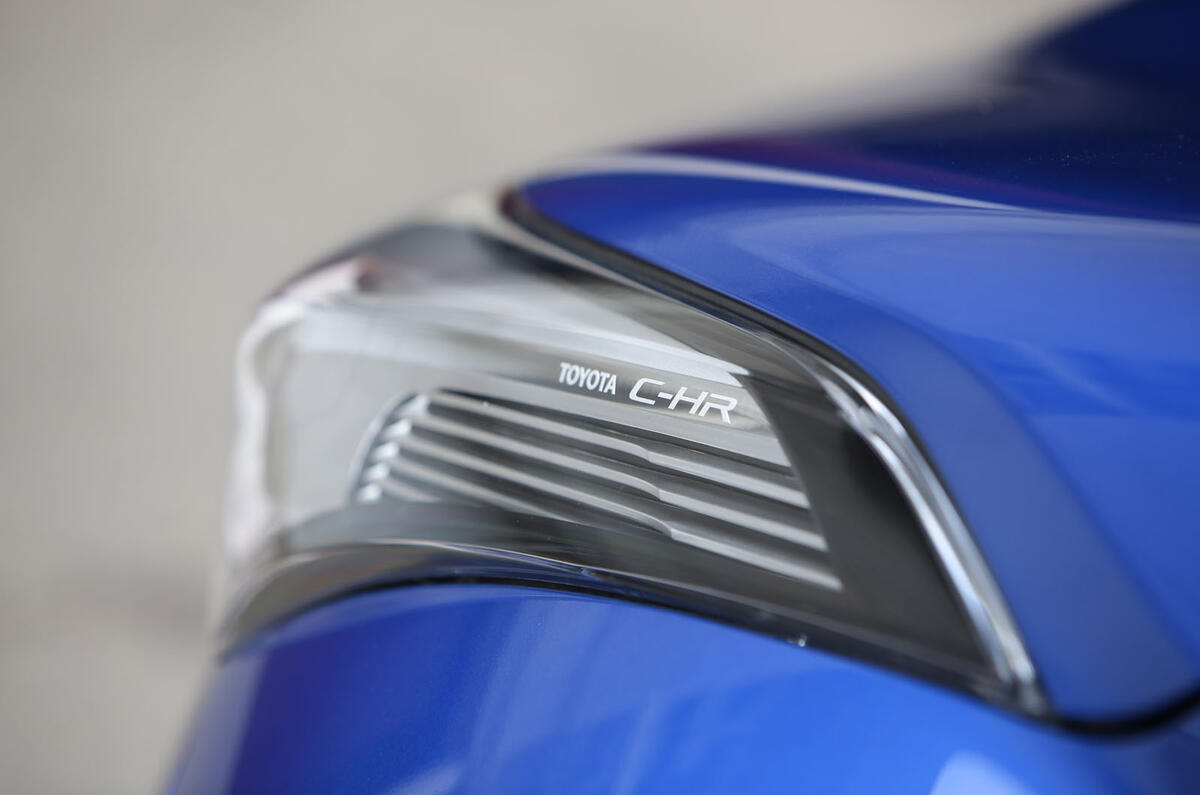
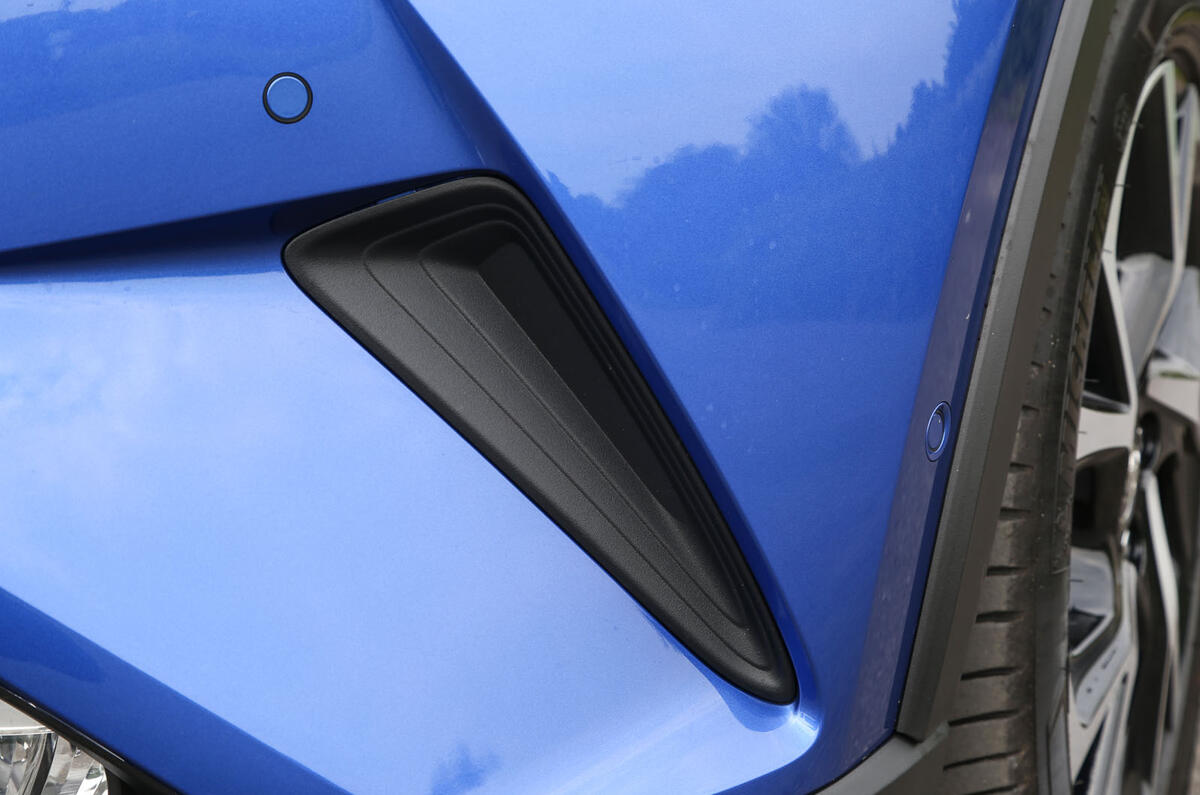
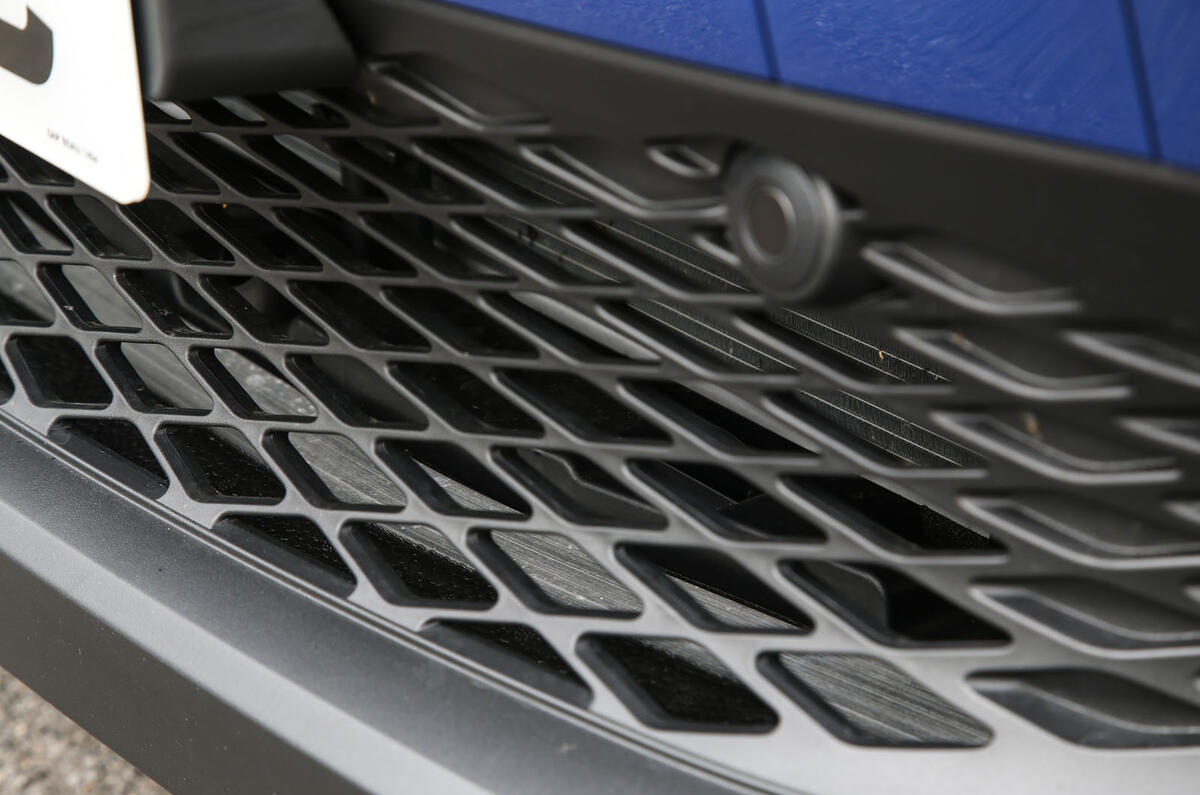
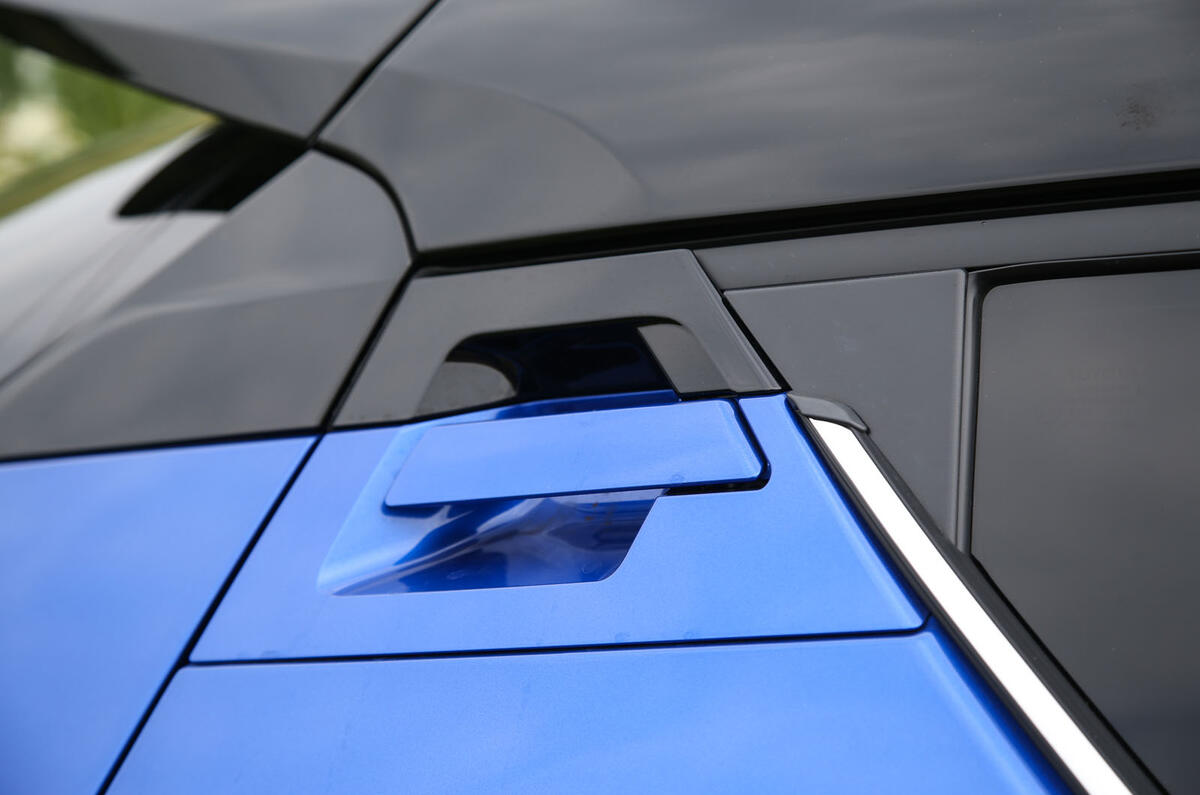
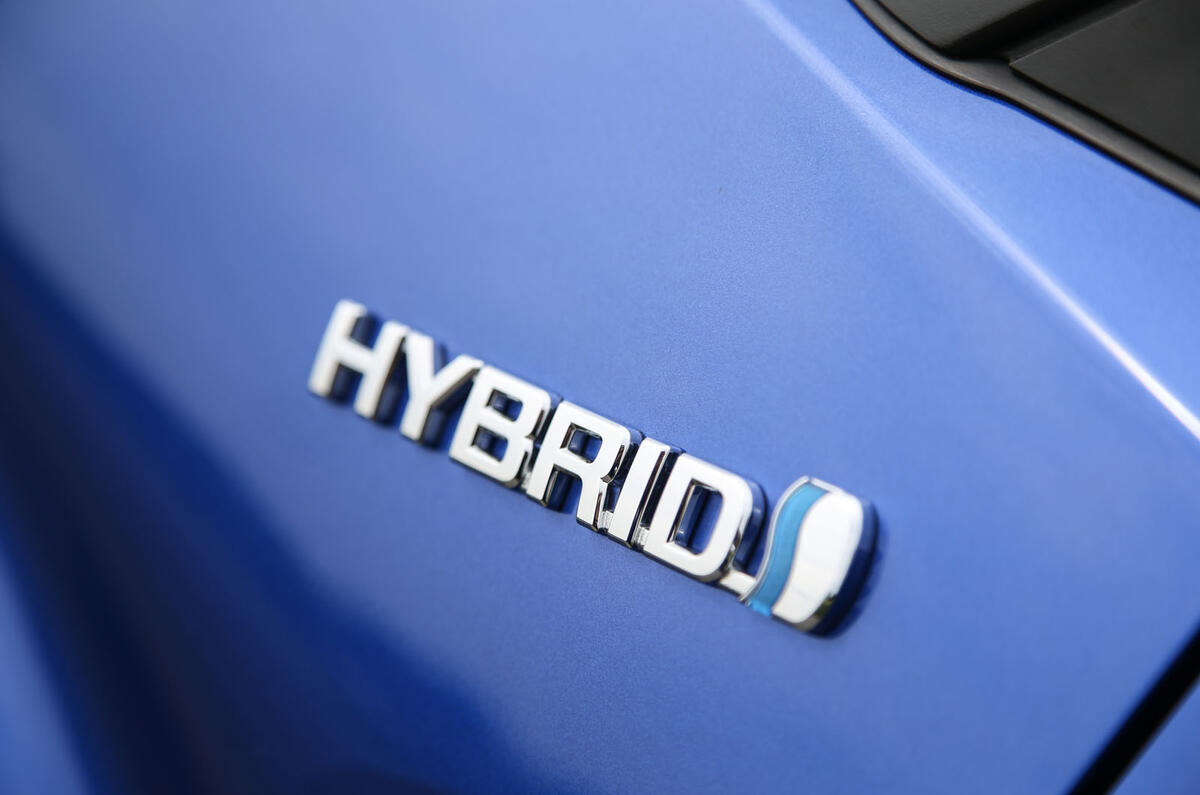
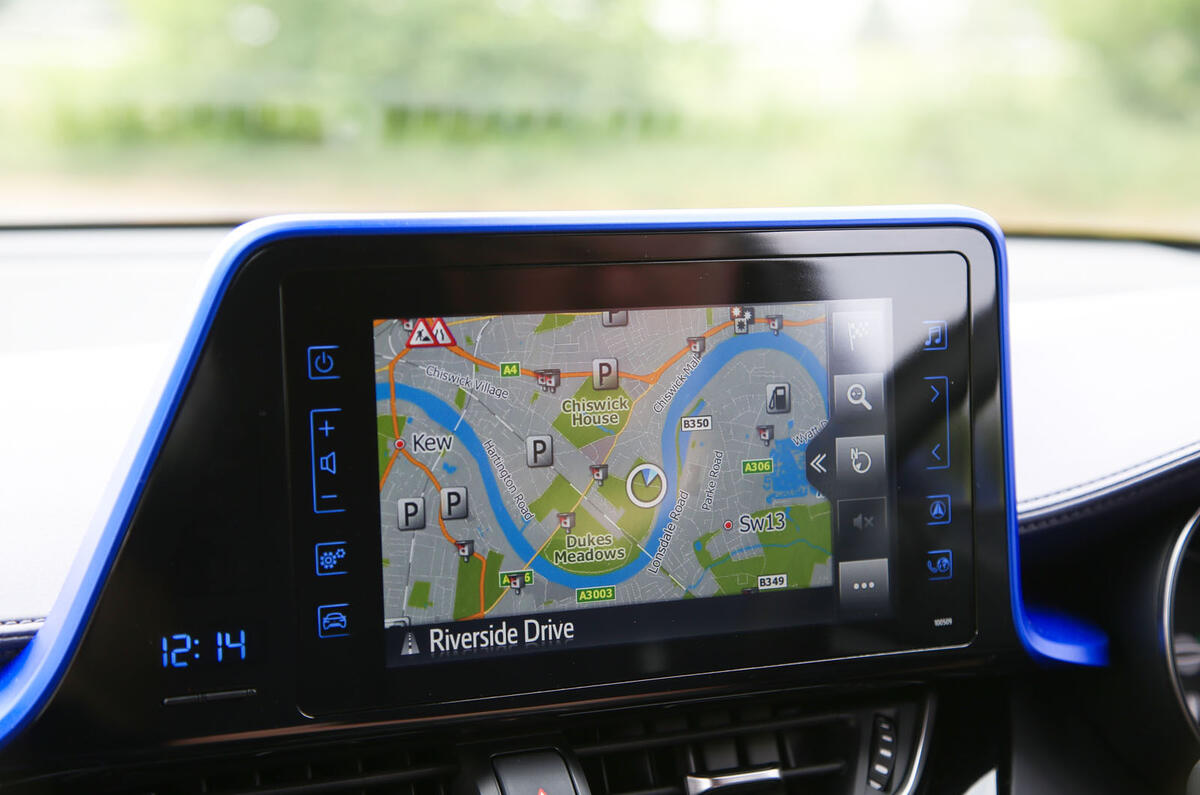
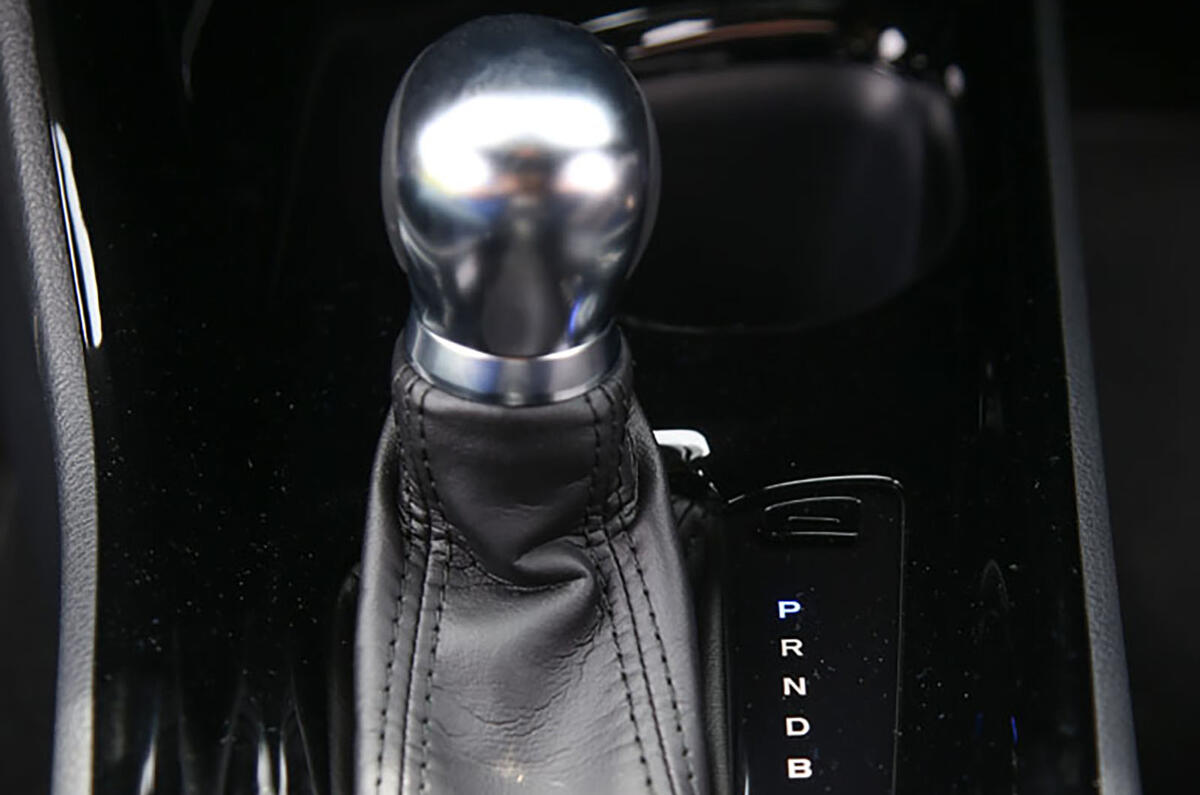
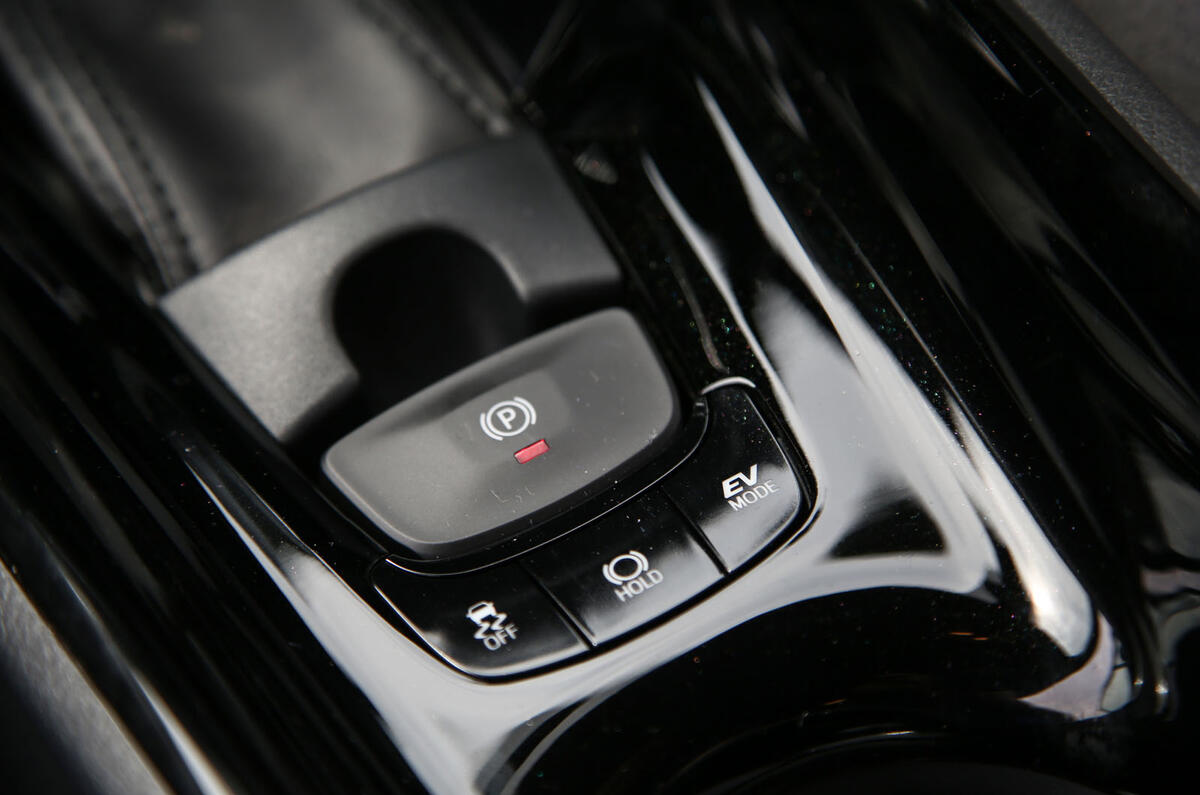
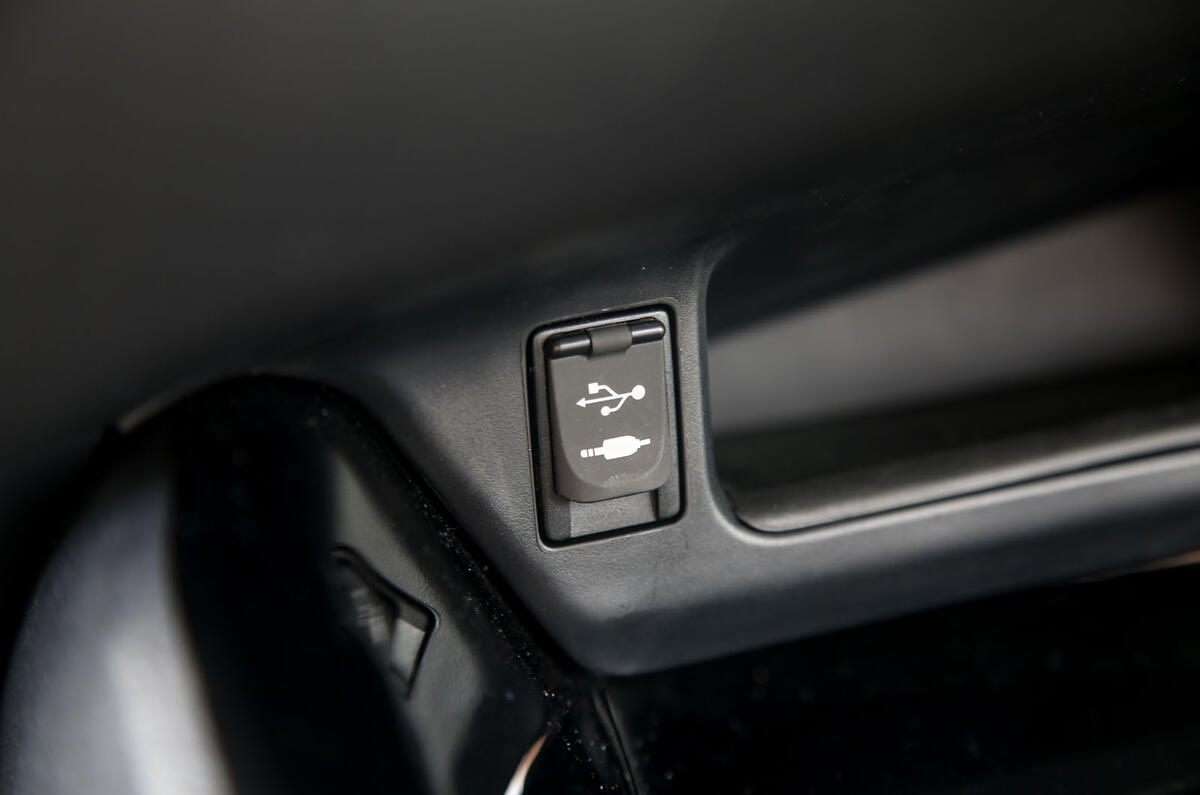
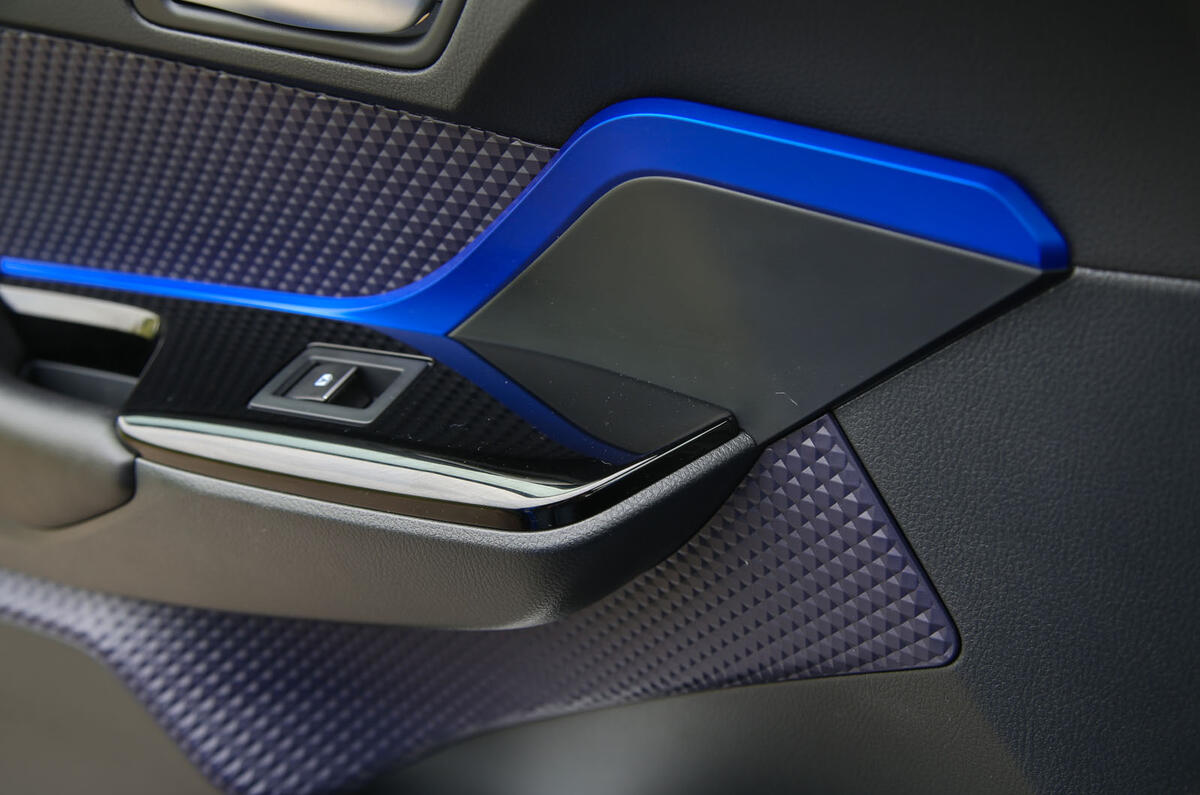
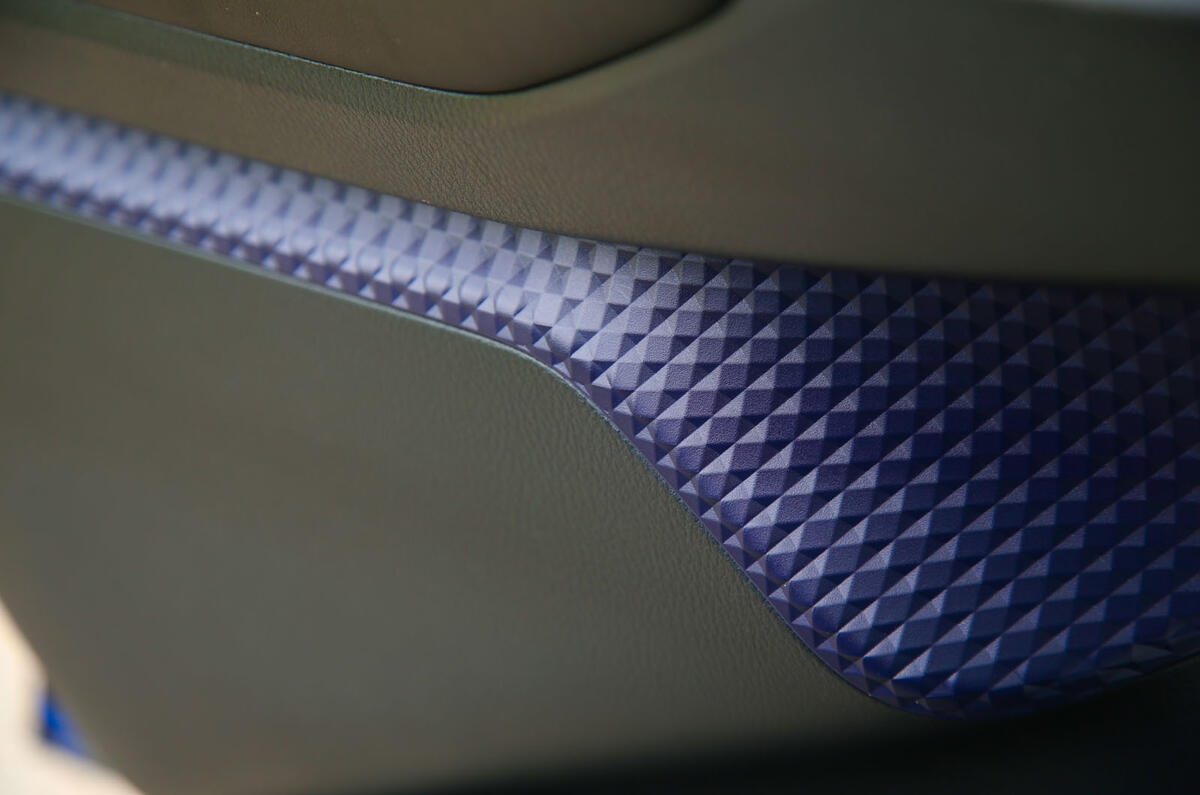
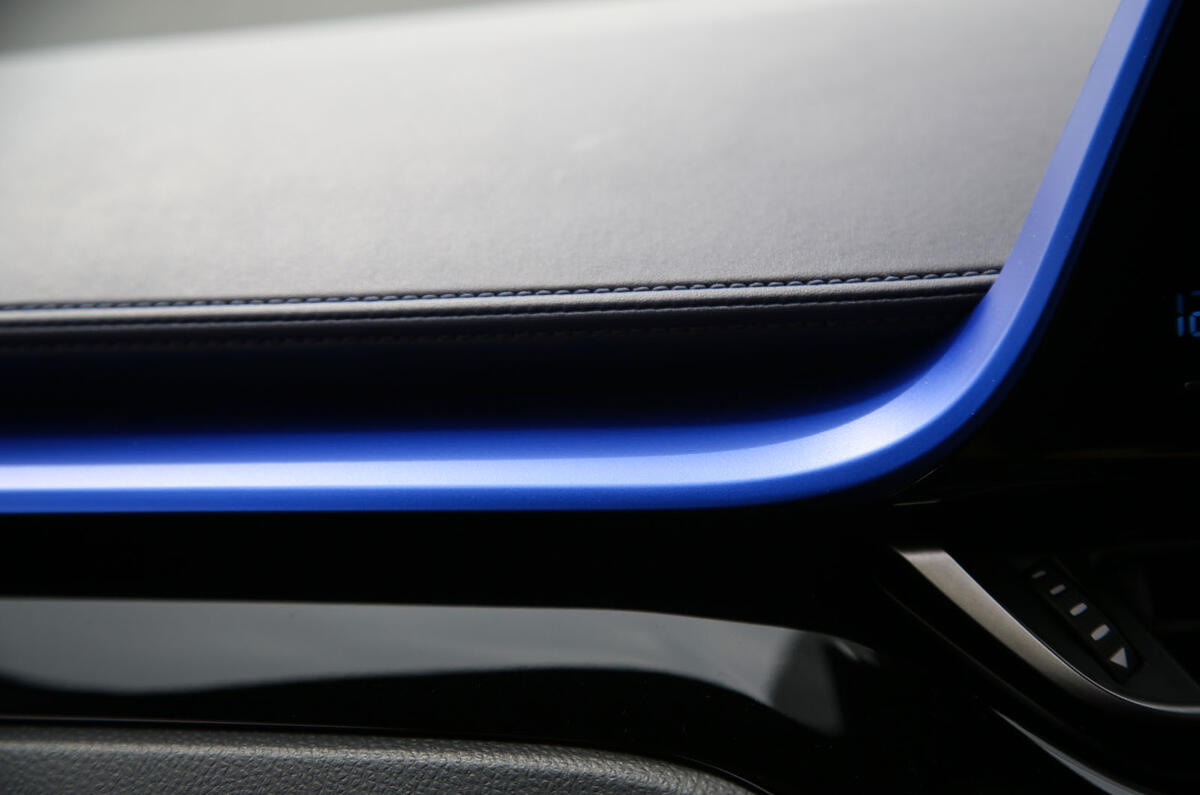
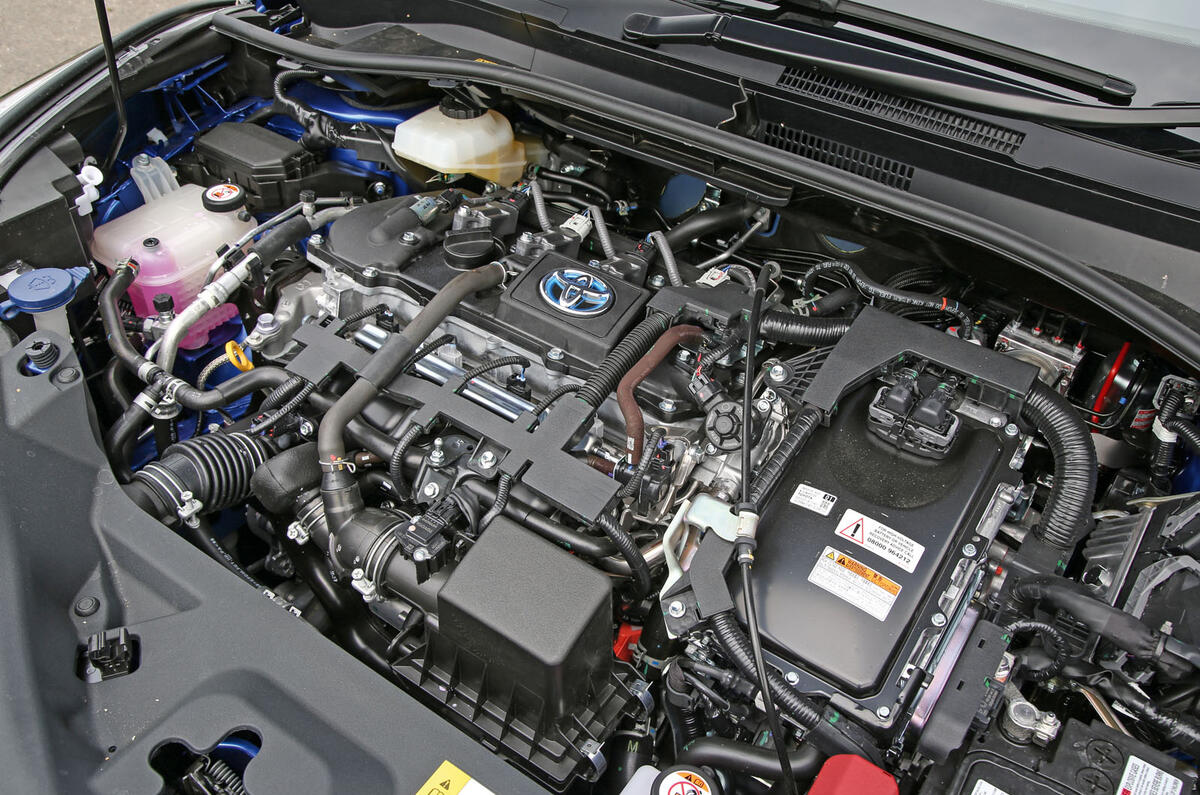
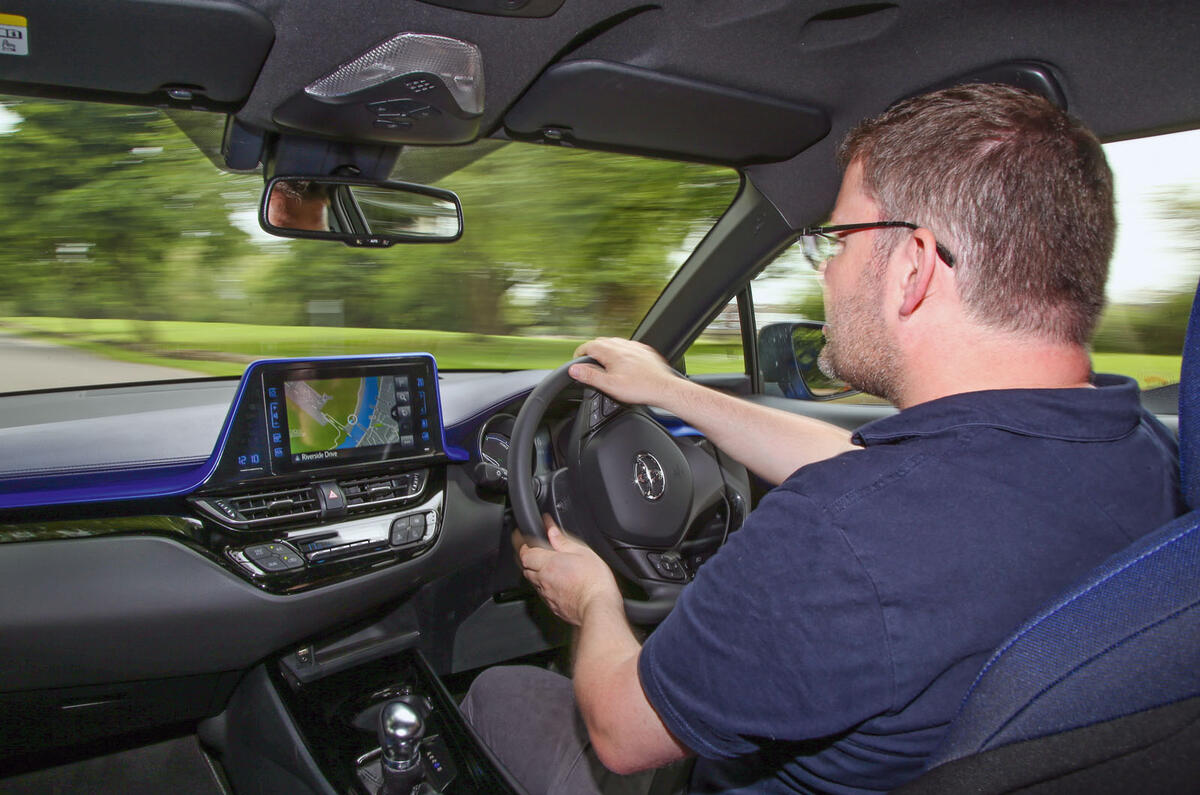
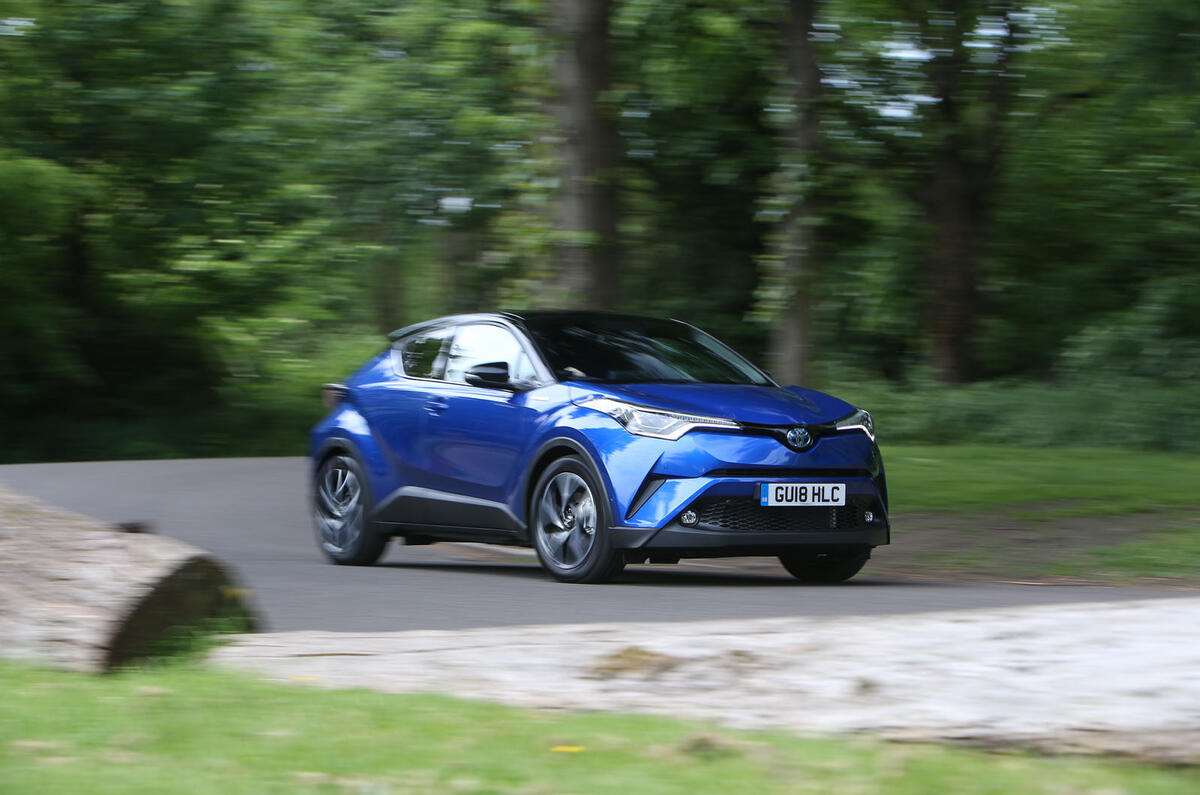
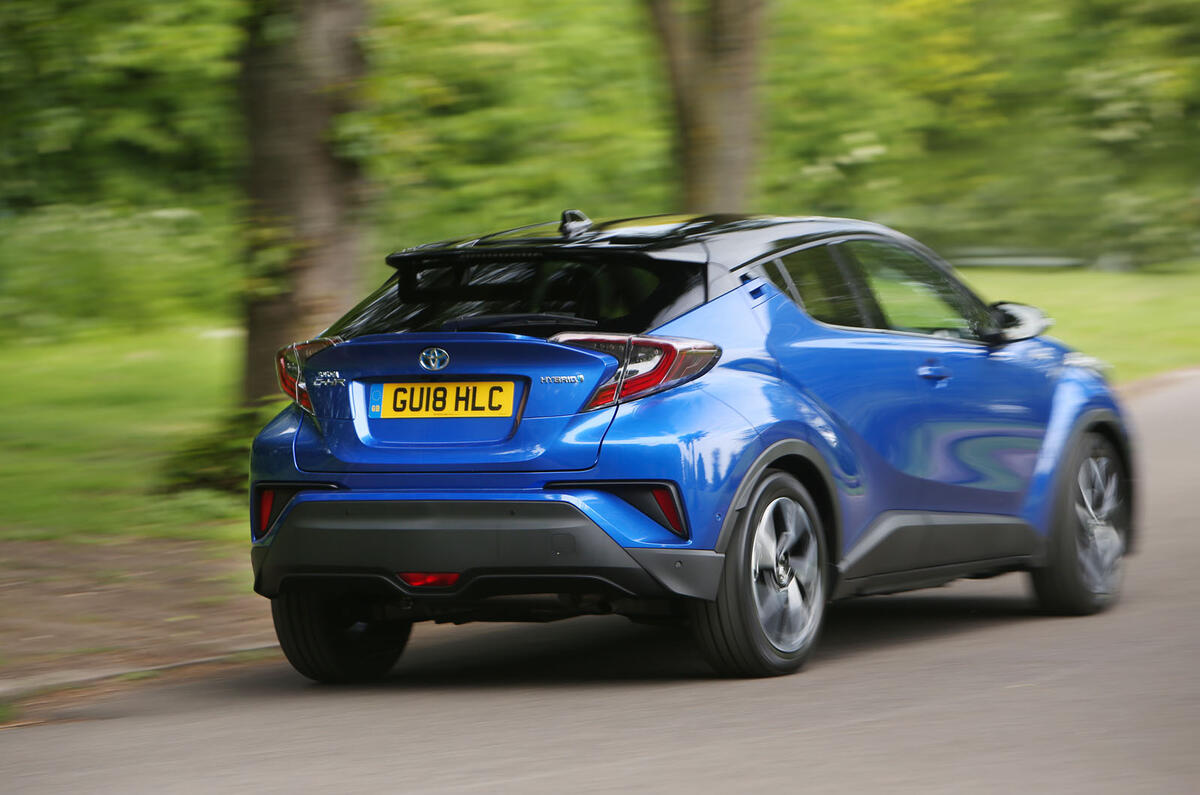
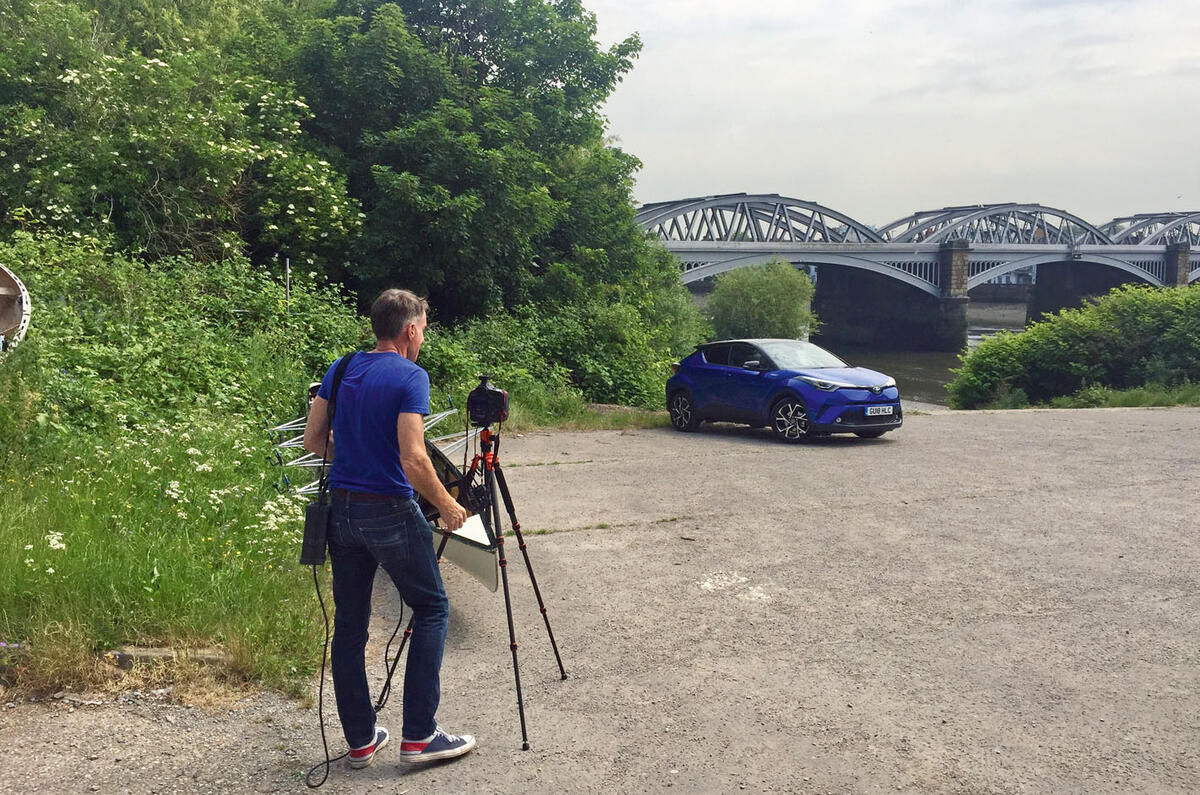
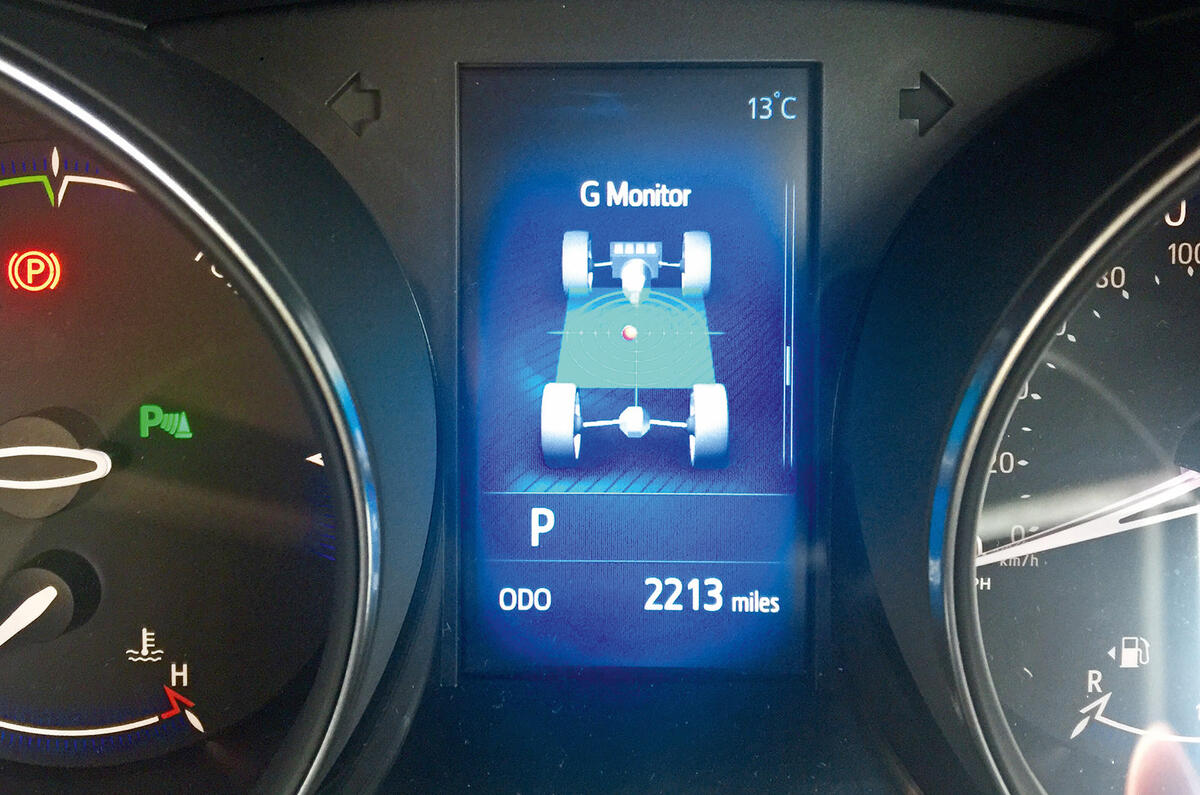
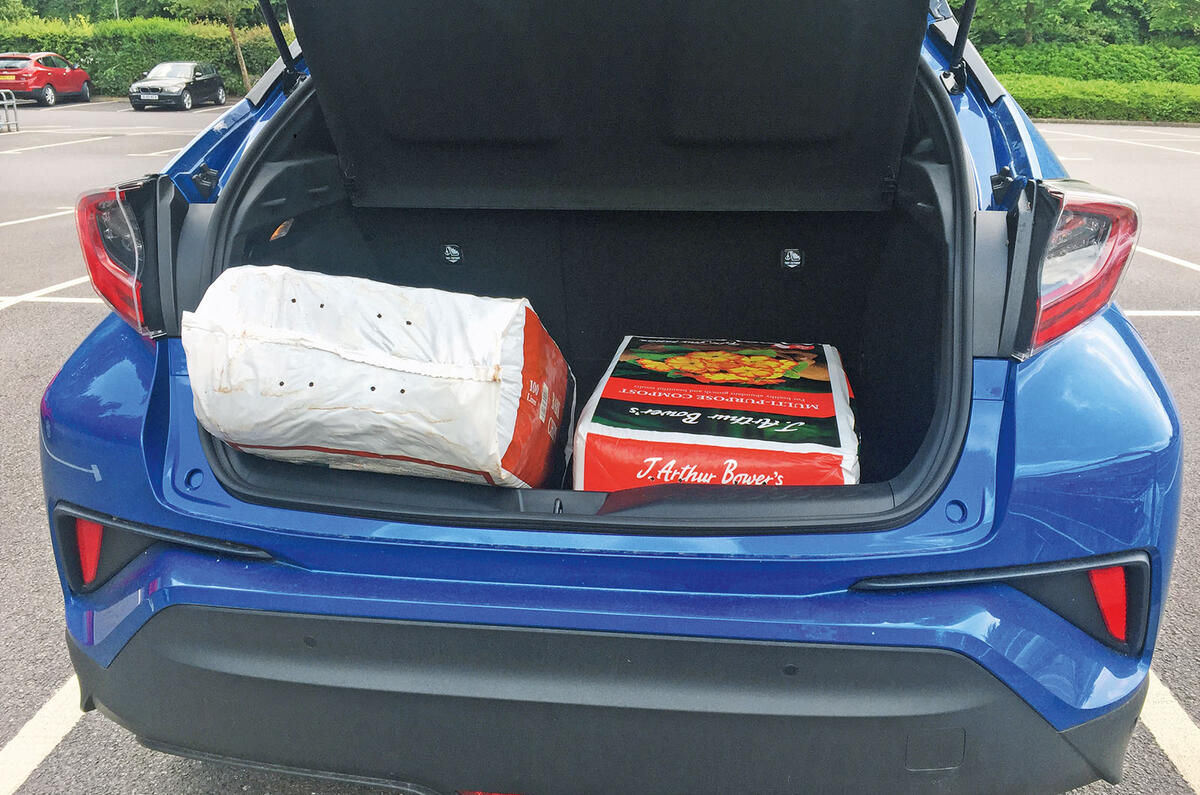
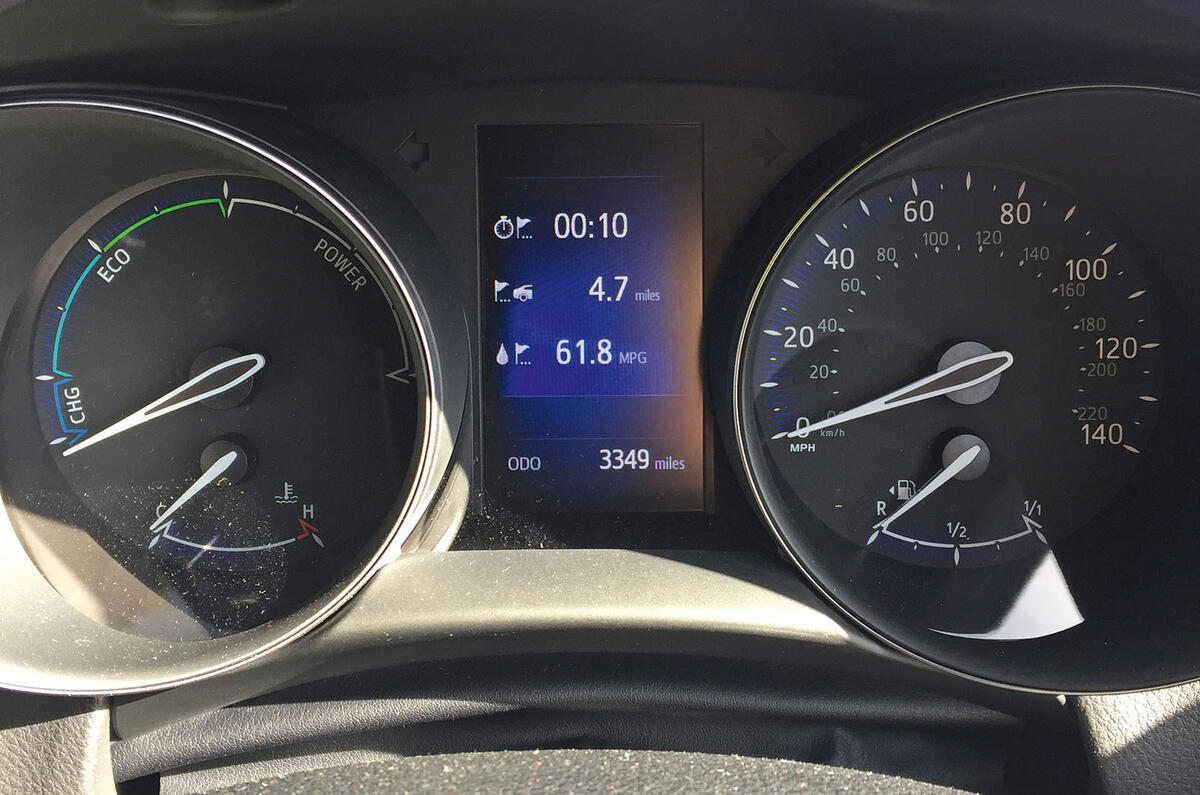

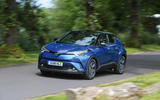
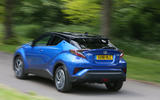
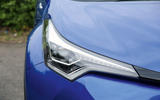
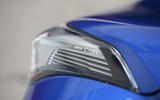
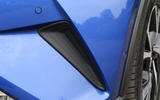
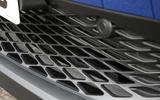
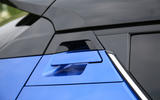
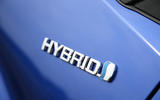
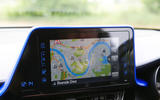
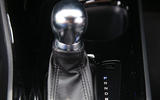
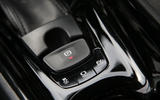
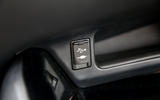
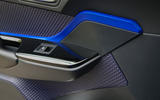
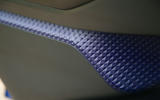
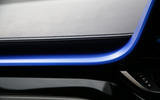
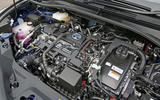

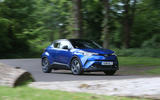
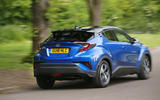

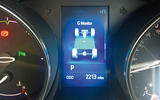

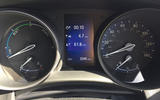
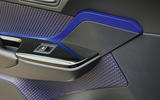
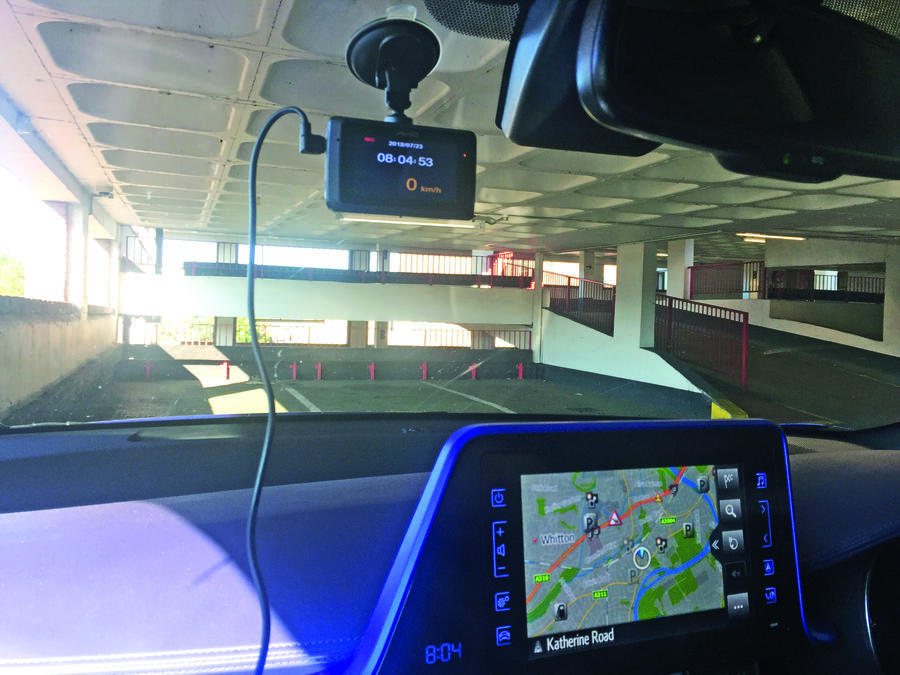
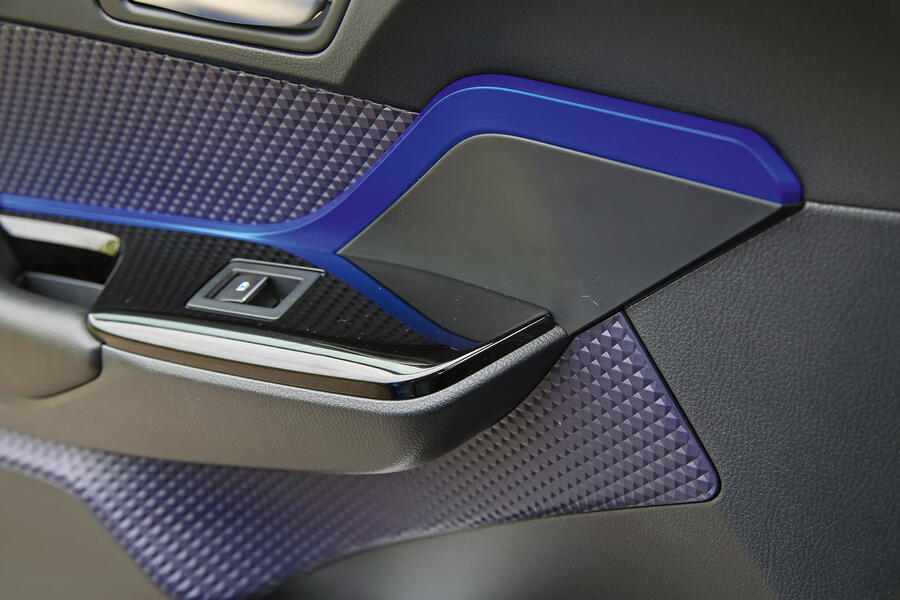

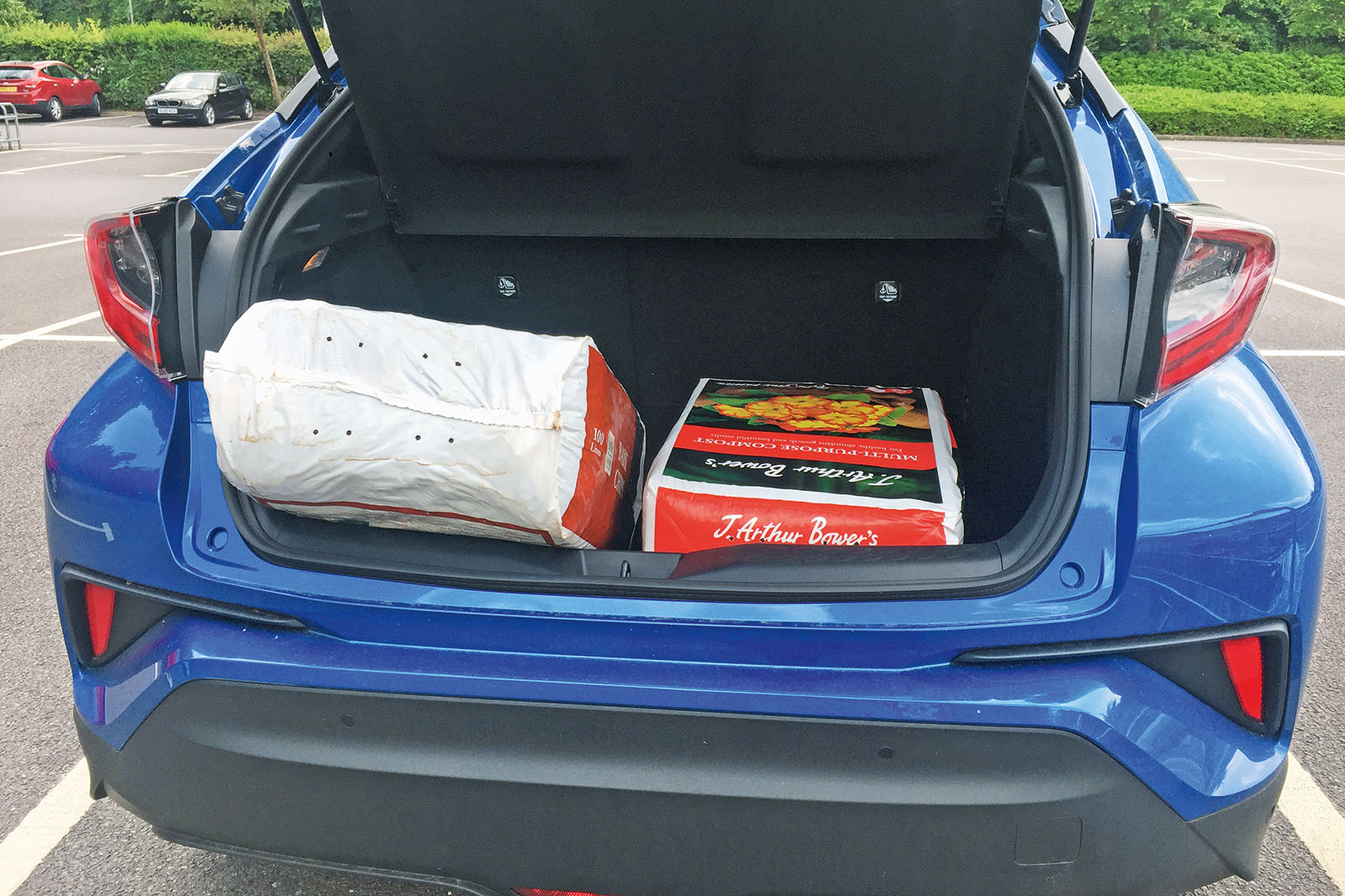
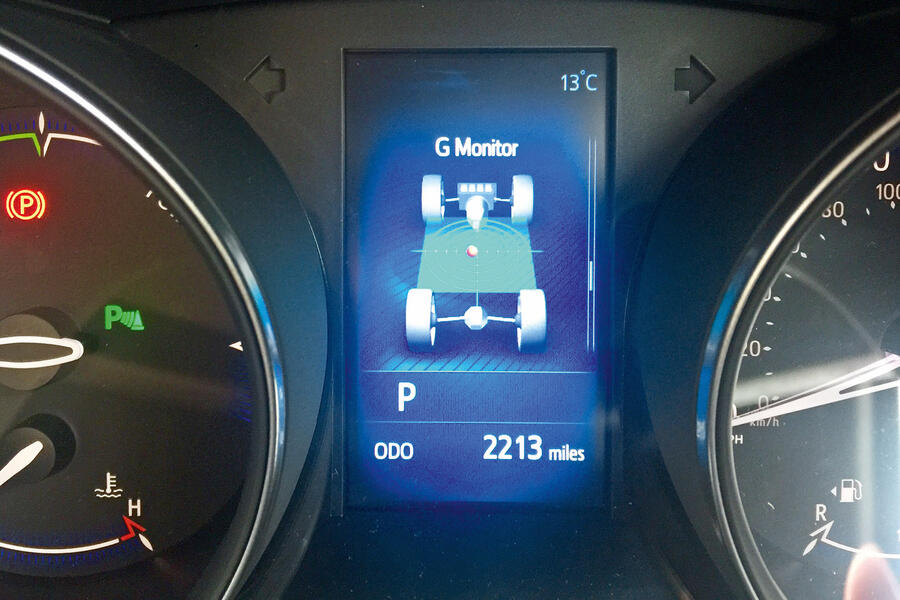

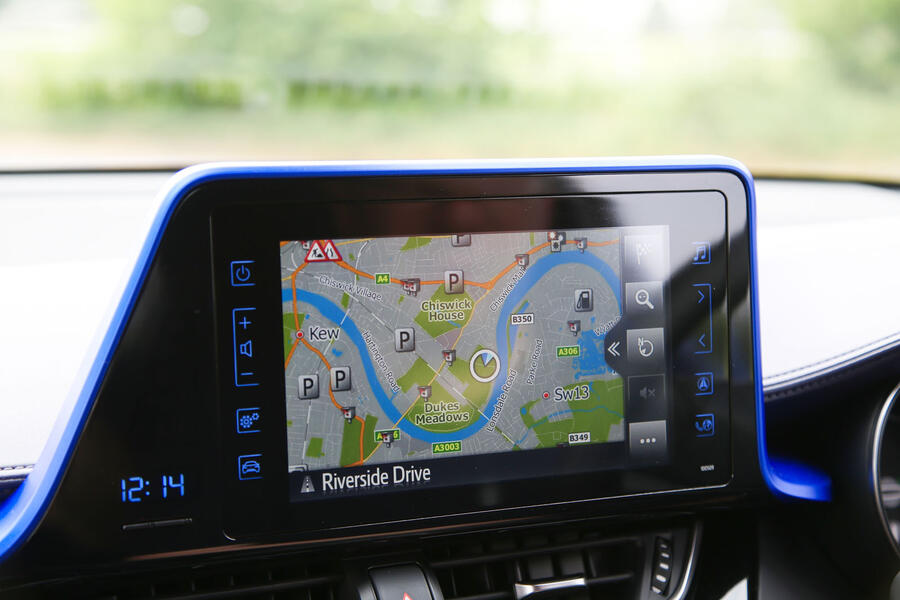


Join the debate
Will86
More form than function
There is a lot to like about the C-HR but when I looked at one in the showroom the back seats were claustrophobic, the rear luggage space/overall practicality disappointing and rear 3/4 visibility was awful. I'm all for Toyota creating more interesting designs, but this has come at too higher a price for me. Whilst you might be willing to sacrifce functionality for style in some cars, this is still a family car.
tuga
Will86 wrote:
My impressions as well. I didn't feel like there was a lack of space, but it was pretty much like beeing seated in a panel van.
Loved the looks, don't think i can live with one.
jason_recliner
I can't believe that is a Toyota
Peter Cavellini
Camera!....action!!
Yes these Cars are a bit claustrophobic in the back,and, yes the view rearward is restricted, but it’ll have a reversing Camera which I think will be better than straining your Neck to look. I think it’s an image Car stylewise and there’s nothing unduly wrong with that, I like it better in this Blue most that you see are Silver or a Dark Grey.
Peter Cavellini.
LP in Brighton
Bums on seats
To suggest that this is a car for people who would otherwise be paying fares is, I feel, rather dismissive. Happily this seems to be just an attention grabber and the reviewer is pretty positive about the car - and seems unusually appreciative of Toyota's continuously variable transmission hybrid system.
xxxx
28.5k
I'd liked to know how much more the Hybrid option is over the 1.2 (with same trim), It's only then you can work out if a Hybrid is worth it.
typos1 - Just can’t respect opinion
FMS
xxxx wrote:
LAZZZZZYYYYYY. Look at the "PRICE LIST". If it is "worth it", will you buy one?...no, thought not...still welded to the decrepit sofa. TwIT.
scotty5
Back to the future.
Had a look last year when we were replacing our SUV, spent less than 5mins in showroom. Yes it looks different (in a good way), and yes the rear accommodation is claustrophobic which given our rear seats are hardly ever used presents no problem.
The #1 fault with this car tho is the boot. Not the smallest by any means but about as impractical as I've seen in a modern car. Such a high load lip, awkward shapes mean that even folding the rear seats restrics what you can carry.
Hats off to Toyota for the funky design but in the design that lets the car down.
PS . Despite being a modern interior, sitting in the C-HR reminded me of the Toyotas my father used to buy. Can't put my finger on it, perhaps it was the italics on the switchgear? That digitial clock - sure it's the same one that was fitted to his Corolla and that was an X reg. (1981)
Deputy
Not for young families...
MrJ
I take it you haven't sat in
I take it you haven't sat in the back.
It's a dark prison in there.
Pages
Add your comment